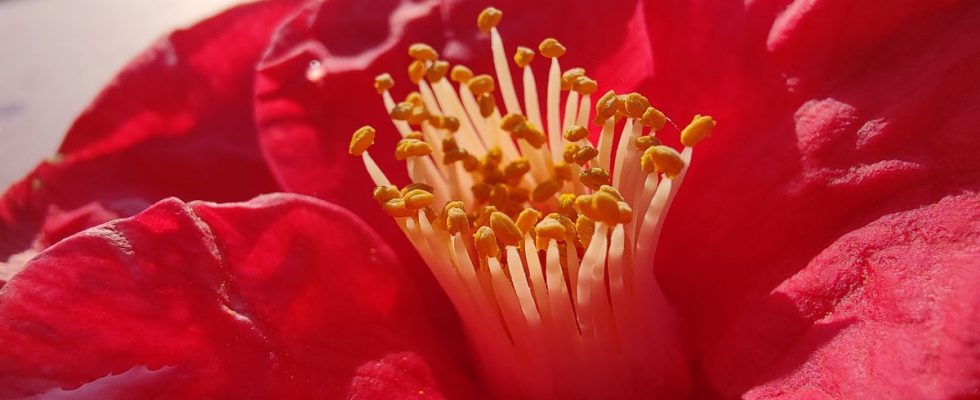Closer, sharper… or blurrier? Macro photography on a smartphone is often a risky game that can generate as much satisfaction as frustration. And even if your mobile terminal has a lens dedicated to macro photography, this does not necessarily guarantee that you will succeed in taking shots as close as possible to your subjects (flowers, insects, textures, patterns, details, etc.) every time. During the holidays, however, there will be many temptations to immortalize these macro views which, when successful, will make you proud and admired by your loved ones, even your followers. 20 minutes gives you some advice so as not to miss you and get “ like !
The macro objective: a marketing argument?
Ultra-wide-angle, wide-angle, macro: many smartphones boast their full range of lenses to take all your photos… and attract customers. behind the argument marketing often hides a more contrasting reality.
However, if your smartphone has a macro lens, you will be able to take advantage of it by getting as close as possible to your subject and stepping back slowly until the focus is effective.
Count a distance of a few centimeters, then press the shutter button. It will probably be necessary to start over several times, as the development can be difficult. And all the more often if your subject is moving. Photographing a flower very closely when it is windy is clearly mission impossible!
If you can, bringing a tripod (even a pocket one) will always be a plus and will save you a blurry photo. However, no miracles can be expected from a macro lens (whose sensor allows a shorter focusing distance): its definition, of a few megapixels, is often mediocre and in no way bodes well for photos that you can print and enlarge. They can just look good on your smartphone screen… or on social media.
The ultra wide-angle to the rescue
If your smartphone does not have a lens dedicated to macro photography, a parade exists if your terminal is – as often now – equipped with ultra-wide-angle optics. Thanks to it, you can get very (very) close to a subject to photograph its details. Not sure that the photo will be successful at the first press of the shutter button, but the result can be stunning… at the cost of a slight deformation on the edges of the view (ultrawide-angle requires). A slight crop will then allow you to blur the effect caused. Not always artistic…
Taken with Google’s Pixel 7 Pro, the photo below demonstrates the full potential of ultra-wide-angle… in macro photography. And if your smartphone has a Pro mode in photos, you are free to take control of your settings by manually controlling the focus.

Again, a tripod can be of great help. To embellish your photo, don’t hesitate to apply a small vignetting effect to it in post-production. By darkening the outlines of your subject, you will give it more visual power.
Lens kits… just in case!
To go further, it is possible to associate your smartphone with a photo kit which will be grafted, with a clip system, on the main lens. Different brands, like Kass ; Apexel Or Pixter offer them.

With its external lenses, the small accessory will play the role of an additional lens, as on a classic camera with interchangeable lenses. The advantage is that you will benefit from the high definition of your main photo sensor combined with lenses, often made of optical glass and without distortion effects, which will not only allow you to photograph up close, but with a level of detail and sharpness that no smartphone can provide.
Beware, however, this type of equipment can quickly be worth several tens of euros (like the Macro HD lens from Apexel sold for 45 euros). And the photos obtained, as beautiful as they are, are never as well defined as with a camera.

